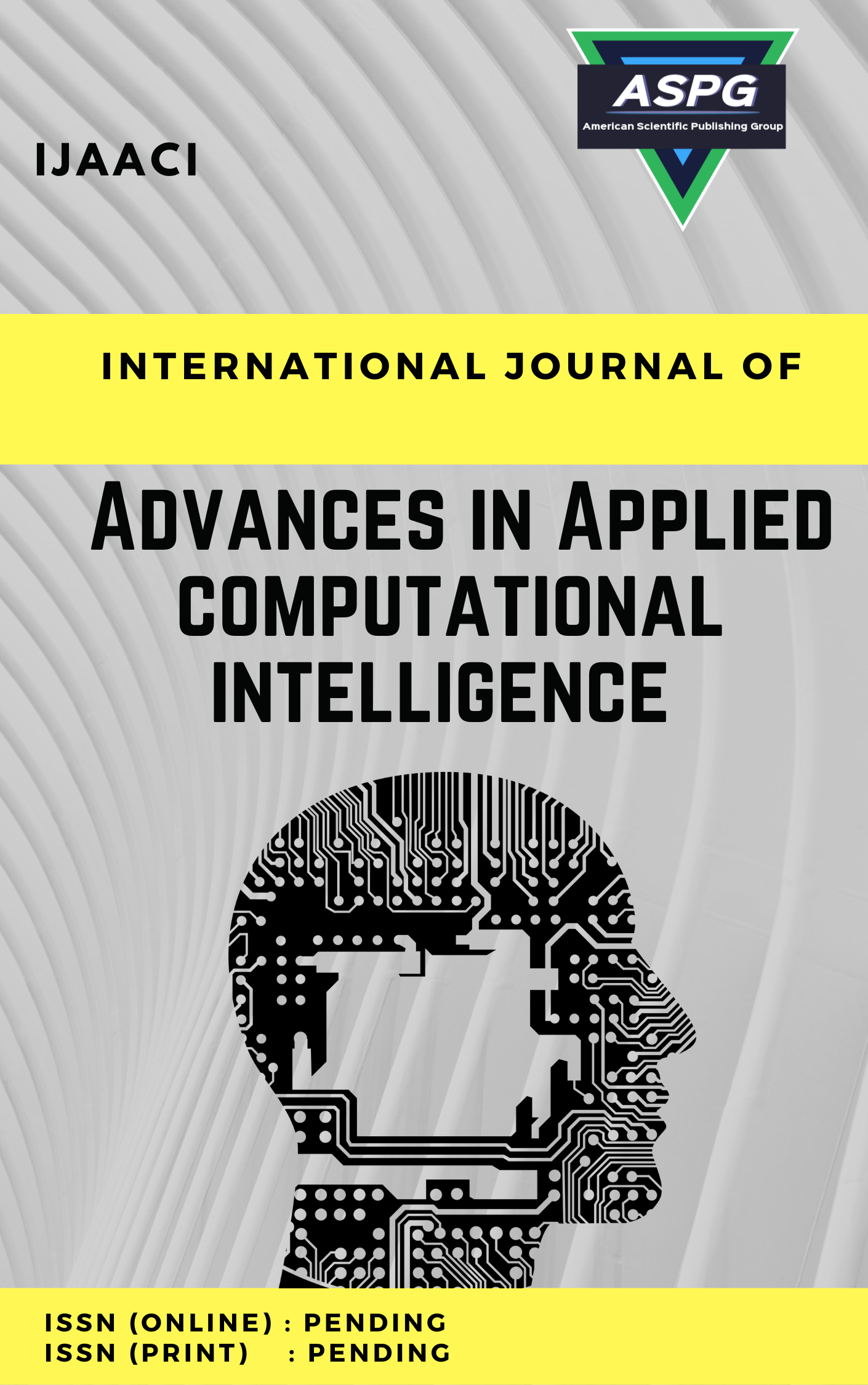

Volume 3 , Issue 1 , PP: 08-18, 2023 | Cite this article as | XML | Html | PDF | Full Length Article
Mona Mohamed 1 *
Doi: https://doi.org/10.54216/IJAACI.030101
One of the major lifestyle disorders brought on by unwholesome daily routines and inherited ailments is obesity and overweight. And this illness is a risk factor for a wide range of chronic illnesses, such as cancer, diabetes, metabolic syndrome, and cardiovascular conditions. Additionally, according to the World Health Organization (WHO), 30% of deaths worldwide will be caused by lifestyle illnesses by 2030. These deaths can be prevented by appropriately identifying and treating risk factors that relate to these diseases as well as by implementing behavioral engagement policies. Thence, the study is leveraging machine learning (ML) techniques for analyzing data and discovering new patterns for predicting body fat. The problem of predicting fat classifies as a regression, hence, we are deploying two regression techniques to deal with the regression dataset. These techniques are used linear regression (LR) and k nearest neighbors (KNN) which fall under umbral of ML. The two techniques are applied on real datasets. The dataset has 252 records. The results showed the LR has the highest score than the KNN model.
Machine Learning , Linear Regression , K Nearest Neighbors , Body Fat , Prediction , Regression Problem , obesity.
[1] M. Safaei, E. A. Sundararajan, M. Driss, W. Boulila, and A. Shapi’i, “A systematic literature review on obesity: Understanding the causes & consequences of obesity and reviewing various machine learning approaches used to predict obesity,” Comput. Biol. Med., vol. 136, no. April, p. 104754, 2021, doi: 10.1016/j.compbiomed.2021.104754.
[2] P. Costa-Urrutia et al., “Obesity measured as percent body fat, relationship with body mass index, and percentile curves for Mexican pediatric population,” PLoS One, vol. 14, no. 2, pp. 1–13, 2019, doi: 10.1371/journal.pone.0212792.
[3] S. Camacho and A. Ruppel, “Is the calorie concept a real solution to the obesity epidemic?,” Glob. Health Action, vol. 10, no. 1, 2017, doi: 10.1080/16549716.2017.1289650.
[4] G. Hernández, “Prevalencia de sobrepeso y obesidad, y factores de riesgo, en niños de 7-12 años, en una escuela pública de Cartagena,” Colombia–2010, 2011.
[5] L. A. Fowler, J. R. Fernández, S. E. Deemer, and B. A. Gower, “Genetic risk score prediction of leg fat and insulin sensitivity differs by race/ethnicity in early pubertal children,” Pediatr. Obes., vol. 16, no. 12, pp. 2–9, 2021, doi: 10.1111/ijpo.12828.
[6] L. Hu et al., “Prevalence of overweight, obesity, abdominal obesity and obesity-related risk factors in southern China,” PLoS One, vol. 12, no. 9, pp. 1–14, 2017, doi: 10.1371/journal.pone.0183934.
[7] N. Young, I. K. Atan, R. G. Rojas, and H. P. Dietz, “Obesity: how much does it matter for female pelvic organ prolapse?,” Int. Urogynecol. J., vol. 29, no. 8, pp. 1129–1134, 2018, doi: 10.1007/s00192-017-3455-8.
[8] J. V. V. de Siqueira, L. G. Almeida, B. O. Zica, I. B. Brum, A. Barceló, and A. G. de Siqueira Galil, “Impact of obesity on hospitalizations and mortality, due to COVID-19: A systematic review,” Obes. Res. Clin. Pract., vol. 14, no. 5, pp. 398–403, 2020.
[9] K. W. DeGregory et al., “A review of machine learning in obesity,” Obes. Rev., vol. 19, no. 5, pp. 668–685, 2018, doi: 10.1111/obr.12667.
[10] R. L. Figueroa and C. A. Flores, “Extracting information from electronic medical records to identify the obesity status of a patient based on comorbidities and bodyweight measures,” J. Med. Syst., vol. 40, pp. 1–9, 2016.
[11] A. Kupusinac, E. Stokić, and R. Doroslovački, “Predicting body fat percentage based on gender, age and BMI by using artificial neural networks,” Comput. Methods Programs Biomed., vol. 113, no. 2, pp. 610–619, 2014.
[12] Y. E. Shao, “Body fat percentage prediction using intelligent hybrid approaches,” Sci. World J., vol. 2014, 2014.
[13] N. Donthu, S. Kumar, D. Mukherjee, N. Pandey, and W. M. Lim, “How to conduct a bibliometric analysis: An overview and guidelines,” J. Bus. Res., vol. 133, pp. 285–296, 2021.
[14] S. Kohli, G. T. Godwin, and S. Urolagin, “Sales prediction using linear and KNN regression,” in Advances in Machine Learning and Computational Intelligence: Proceedings of ICMLCI 2019, 2021, pp. 321–329.
[15] T. Adithiyaa, D. Chandramohan, and T. Sathish, “Optimal prediction of process parameters by GWO-KNN in stirring-squeeze casting of AA2219 reinforced metal matrix composites,” Mater. Today Proc., vol. 21, pp. 1000–1007, 2020.
[16] A. Khazaee Poul, M. Shourian, and H. Ebrahimi, “A comparative study of MLR, KNN, ANN and ANFIS models with wavelet transform in monthly stream flow prediction,” Water Resour. Manag., vol. 33, pp. 2907–2923, 2019.
[17] K. Shah, H. Patel, D. Sanghvi, and M. Shah, “A comparative analysis of logistic regression, random forest and KNN models for the text classification,” Augment. Hum. Res., vol. 5, pp. 1–16, 2020.
[18] H. I. Dino and M. B. Abdulrazzaq, “Facial expression classification based on SVM, KNN and MLP classifiers,” in 2019 International Conference on Advanced Science and Engineering (ICOASE), 2019, pp. 70–75.
[19] S. Zheng and C. Ding, “A group lasso based sparse KNN classifier,” Pattern Recognit. Lett., vol. 131, pp. 227–233, 2020.